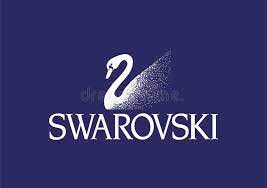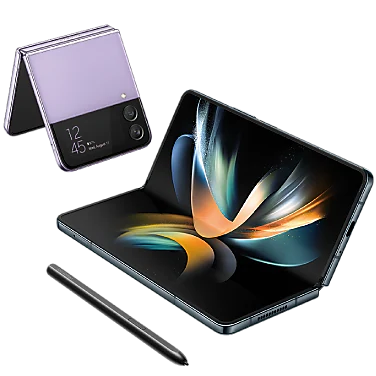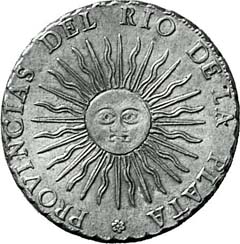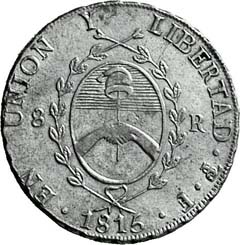Piece of Eight – The First Global Currency – Real de a Ocho
It was the first global currency that preceded the British gold pound sterling and also the United States dollar. It was widely used and its hegemony in world trade extended for more than 300 years. Americans relied on his model to develop their own dollar, called the Spanish dollar or Spanish pillar dollar.
The political protagonism, the historical projection and the prestige of Spain as a great European power in the 16th century reached its highest level during the reigns of Carlos I and Felipe II, circumstances that were more than favorable for the birth of the Spanish international currency, the Real de a Ocho, the most accredited and demanded silver coin of its time.
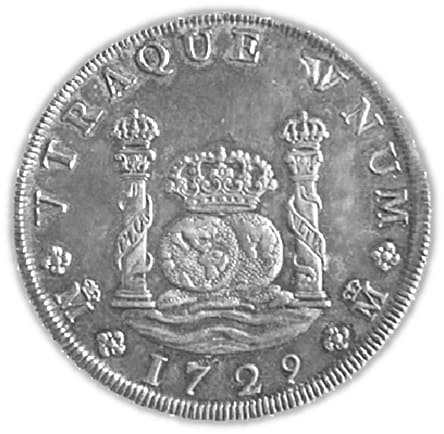
The Real Eight – Piece of Eight
It was called “Real de a ocho”. It was made largely of American silver and was the first coin to go international in modern history. It was coined by the Spanish Empire in the mid-16th century, driven by the abundant wealth brought by the colonization of America.
Even when the empire was already in decline, it remained one of the most competitive currencies in the world, extending its dominance until the end of the 19th century.
The Hispanic Monarchy was for 300 years without interruption the largest mint in the world. The Real de a Ocho was a silver coin (0.93055% purity) with a value of eight reals minted by the Catholic kings, after the discovery of America”, widely used at the end of the 18th century in Europe, all of America and the Far East, became the first currency in world use.
The Real de a Ocho, was minted by the Spanish empire from 1497 after the monetary reform that established the Spanish Real, was the first common reference currency in world trade, a position similar to that held today by the dollar US or, to a lesser extent, the euro.
The Birth of the First Global Currency
The origins of this coin go back to the monetary reform that the Catholic Monarchs of Spain instituted in 1497, after the so-called Reconquest and the arrival in America.
This reform is known in the history books as the Pragmática de Medina del Campo and established the Real, a silver coin, as the unit of payment. But it was not until the middle of the 16th century that the real de a ocho began to become popular, driven mainly by the reigns of Carlos I and V of Germany, and Felipe II.
The two monarchs represented the period of greatest prominence and expansion of the Spanish empire. With the silver that was extracted from America, particularly from the mines in Mexico and Cerro Potosí, in present-day Bolivia, the issuance of silver coins skyrocketed.
Gold Columnario Minted in 2021
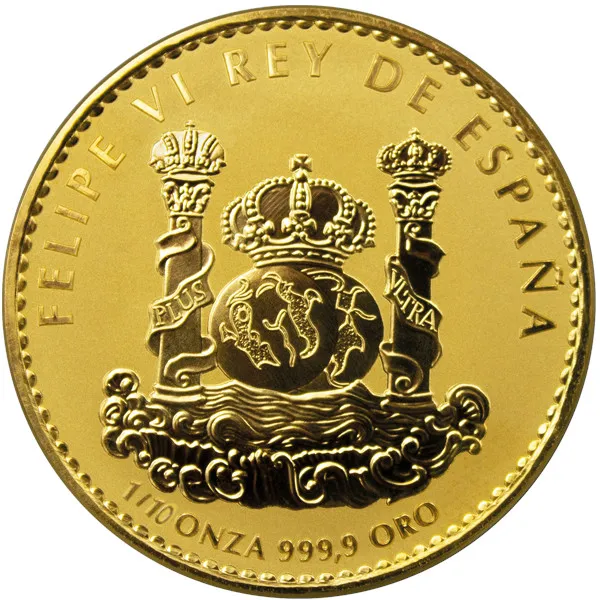
Columnar Gold Coin minted in 2021. On the reverse the figure of a Lynx, The Obverse of the coin reproduces the motifs and legends of a real de 8, columnar type: two hemispheres under a royal crown, flanked by the Pillars of Hercules with the motto PLUS ULTRA, all on a sea with waves. At the top, in a circular direction and in capital letters, appears the legend FELIPE VI REY DE ESPAÑA. At the bottom of the coin, in a circular direction, the legend 1/10 OUNCE 999.9 GOLD. The motifs and legends are surrounded by a graphic of pinions. It should be noted that at the time when the columnarion circulated, gold was never minted. Silver only. Real Casa de Moneda – Spain.
The First Mints
Around 1535, the first mints (the place where coins are minted) were created in America, which will be Mexico and Santo Domingo. With that large amount of silver, the Real of the Catholic kings will multiply: a real of two , a real of three, of four… because the best way to move the silver is in coins.
After this chaos of pieces, the real de a ocho is going to be formed, which is the multiplication by 8 of the real of the Catholic Monarchs Together with the Onza, the gold coin, the eight real formed the bimetallic system promoted by the Spanish monarchy. That river of gold and silver flows into Europe. As everyone agrees that it is a very good silver, it begins to become the reference currency of all other countries.
How much did a real of eight weigh?
The real de a ocho weighed 27.468 grams and had a purity of 0.93055 %. It had a diameter of 40 mm. Together with the ounce, a gold coin, it responds to the bimetallic system (real de a ocho-onza) of the 16th century of the Spanish Monarchy, introduced by Carlos I and disseminated by Felipe II in all its states.
The real of eight served as a reference for the minting of coins in other countries, as a commercial axis for most of the discovered world and as an indisputable currency when it came to financing the global expansion of Western Europe.
The coins had a value of eight reales
8 reais: 272 maravedis.
1 real de a eight = 1 duro.
2 reales of 8 = 1 escudo).
How was the coin edge of a real of eight?
The coin edge of the Reales de ocho coin is a very characteristic laureate edge of the columnarios. The minting of the edge in the columnars was especially important because it avoided the filing of the coins, as was the case with the macuquinas. But this coinage on the edge only appears in the columnarios minted on the wheel, which are the vast majority.

In the first years of coinage in Guatemala (from 1735 to 1753) the coinage of the columnarios was still hammered, and therefore, the edge was not minted.
Where Were the Reales de a Ocho Minted?
Reales of eight or pesos that were minted in the peninsular mints, especially those of Seville and Madrid, and in the Mints of:
Mexico (1535)
Saint Dominic (1536),
Lima (1565),
Potosi (1572),
Bogota (1620),
Guatemala(1731)
Santiago de Chile (1743).
What use did the reales of Eight have in China?
The Empire of China only accepted foreign silver to trade its products, one of the main markets for the Real de a Ocho was China. In fact, it came to be considered the only means of payment and exchange to carry out transactions with the Orient.
The purchase of Singapore in reais of eight: For example, the case of Singapore is illustrative. In 1819 Thomas Stamford Raffles was commissioned by the British government to negotiate a free port for the empire in the south of the Malacca peninsula.
In 1819, an agreement was reached that made Singapore a British free port, in exchange for the annual payment to the local authorities of eight thousand “Spanish dollars” -8,000 Sp$-, that is, eight thousand reales of eight.
How was the Spanish “world and seas” currency?
In the 18th century, the real de a ocho consolidated itself as a global currency with the arrival of the Bourbon dynasty after the Spanish Succession War, an international conflict that pitted European powers against each other for control of the Spanish throne.
Spain then focused on its possessions in America and after taking control of the Royal Mint of Mexico, which it had granted until then, ordered to modernize its minting machines. The real de a ocho was produced from then on with a new design that was exclusive to its American colonies. They called it “world and seas” currency.
Eight Reales of Catls III of 1790
This version is known as the “Mundo y Mares” coin
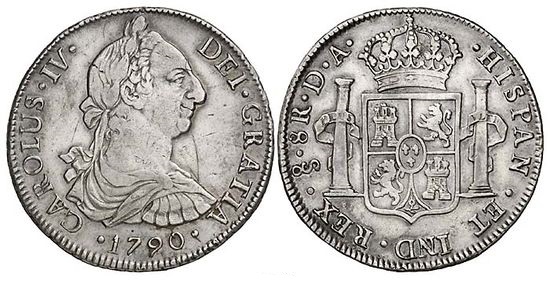
Santiago – Chile 8 reales. Assayers: DA – Domingo de Eyzaguirre y Agustin de Infante y Prado
It was also known as the “columnarios”, since they had the columns of Hercules printed and between them the two hemispheres of the planet to represent the expansion of the empire. Some experts in numismatics -the discipline that studies coins and medals- consider it one of the most splendor and beauty ever minted.
With the arrival of the Bourbon dynasty, the Spanish monarchy began to mint its real de a ocho, mainly in its American territories.
This new version was particularly successful in the Pacific basin, where commerce at that time functioned under a monometallic system based on silver. In the fifteenth and sixteenth centuries, the Atlantic trade was important, but from a certain moment, the Pacific trade began to be just as or more important. There is America, in the center, with its mines, with its coins, which they can go both to the Atlantic and to the Pacific.
Samsung Store: Galaxy Z Fold4
Through the famous Manila Galleon, which connected the port of Acapulco with the Philippines for more than 250 years until 1815, the eight real was introduced to Asia where it was accepted as its own currency in China, Japan, Korea and India, among others. Argentina:
1815
Potosi (For Argentine).Rio de la Plata. L Leandro Ozio (Assayer)
8 Reales
Some countries simply punched or marked it with local stamps to allow recirculation called reseals.
Republic of Mexico – Durango – Piece of Eight
Republic of Mexico. 8 reales. 1828. On an 8 reales of Durango of 1828. Real de a Ocho , Resealed by Fernando VII in Manila for its circulation in the Philippines (1834-7).
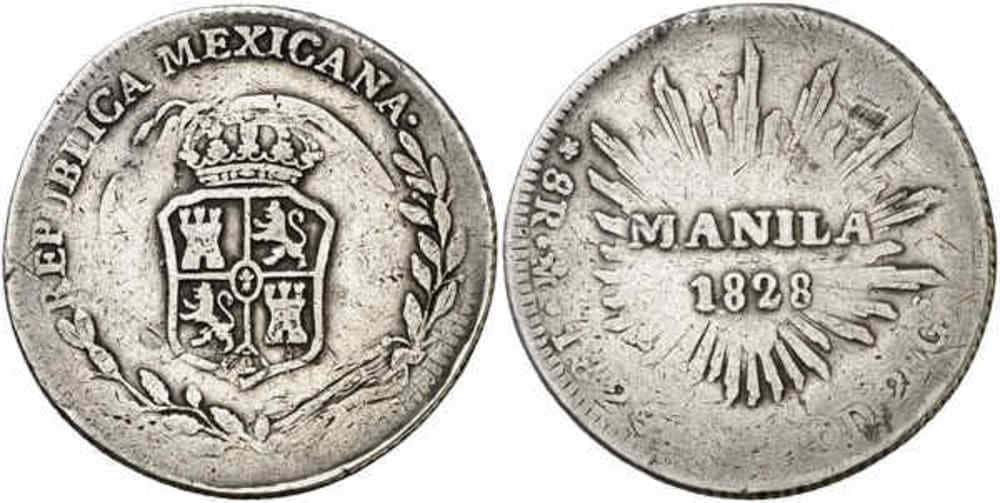
“Pillar Dollar”
It was the first legal tender in the United States until an 1857 law disallowed its use. Many current currencies took their respective denominations from the real of 8, such as the Dollar, the Canadian dollar, the Yuan or the Peso and other currencies from Latin America and the Philippines. It was also known as Peso de Ocho, Peso Fuerte, Peso Duro.
The Spanish Pillar dollar was popular in the British colonies, especially in the colonies that later became known as the United States of America.
Spanish silver coinage was also accepted in the domains of the growing British empire during the 18th and 19th centuries.
It was popularized under the name “Pillar dollar”, precisely in reference to the Pillars of Hercules in its 18th century design.
Other names for the Pillar Dollar
In Australia, for example, at the beginning of the 1800s, it was called the “holey dollar” or “holey dollar”. the number of coins available.It was also known as the “Spanish dollar”, which was equally popular in the thirteen British colonies in North America, where it was more readily available than British coins themselves.
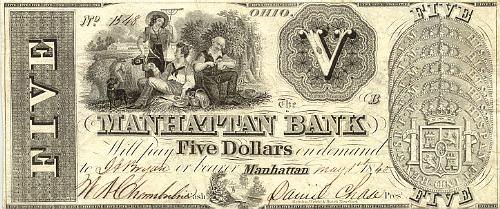
The Manhattan Bank- Spanish Pillar Five dollar Bill - Ohio 1840 may 1° Coins Of silver (five) ,
of 8 reales minted in Mexico MO FM -
Impression Rawdon, Wright & Hatch New York
US dollar and other currencies background
Even during the decline of the Spanish empire, the eight real continued to be a coveted coin around the world. In the years before and after independence from the United Kingdom in the 1770s, the United States began to design its own currency, which it modeled on the Spanish imperial currency.
The American revolutionaries came to finance their movement by issuing paper money that was guaranteed with eight Spanish reales.
And it didn’t just serve as a model for the US dollar. The Canadian dollar, the Chinese tael, the Korean won and, of course, the currencies of the American republics that were born from independence from Spain were based on his model to establish themselves.
In 1776, American revolutionaries financed their movement by issuing paper money they called “Continental Currency.” The paper reads: “This bill entitles its bearer to receive four minted Spanish dollars, or its value in gold or silver…”
The US dollar was born as a currency in 1785, but the Spanish Dollar remained in force until 1857 when the “Coinage Act” finally took it out of circulation.
The currency known as the Spanish Dollar circulated in the US until 1857 because until that time the country did not have enough of its own currency to withdraw Spanish money from circulation.
The population of the United States, at that time, had more security in the old real than in the new dollar. This change was gradual and ended with the real de a ocho, although in rural areas it would persist until 1870.
Origin of the dollar symbol ($).
It is believed that it comes from the union of the two columns of Hercules and the transformation of the letters P and S, which can refer to both the word “weight” and the expression “Plus Ultra”, the motorcycle that accompanies the coat of arms of the Spanish monarchy.
Sunset and legacy of the Real de a Ocho
A 1792 US law on the monetary system created the United States Mint, although the early US dollars were not as popular as Spanish dollars, as the latter were heavier and made of finer silver.
A real de a 8 had a nominal weight of 550,209 Spanish grains, which are 27,468 grams in the metric system; with a purity of 93.055%. This meant that the 8 real contained 25,560 grams of silver, although its weight and purity varied significantly between different mints over the centuries.
Instead, the aforementioned US law of 1792 specified that the US dollar would contain 27 grams of weight, of which only 24.1 grams were silver.
The Napoleonic wars and the independence of the Spanish provinces in America will mark the beginning of the end of the Spanish currency. By losing control of the American silver mines and their mints, Spain is left unable to continue producing its main export product. And despite the collapse of the empire, the eighth real turned out to remain a competitive currency until the end of the 19th century.
In her book on the history of the currency, the historian María Ruíz Trapero affirms that it was treasured in China, India and the Middle East as it was their main reserve currency.
Whether aboard Spanish galleons or booty from pirate ships, the eight real crossed “world and seas” over three centuries to become the precursor currency of the global economy that we know today.
Related Post and Sources
Ebooks
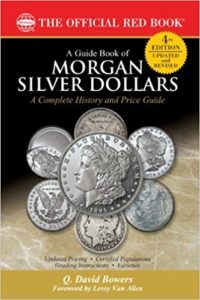
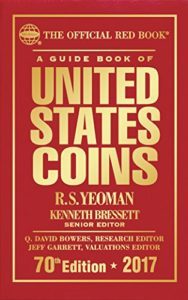
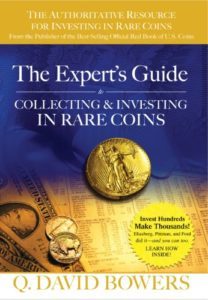
Piece of Eight – Columnarios – reales de a 8 – escudos – Duro


